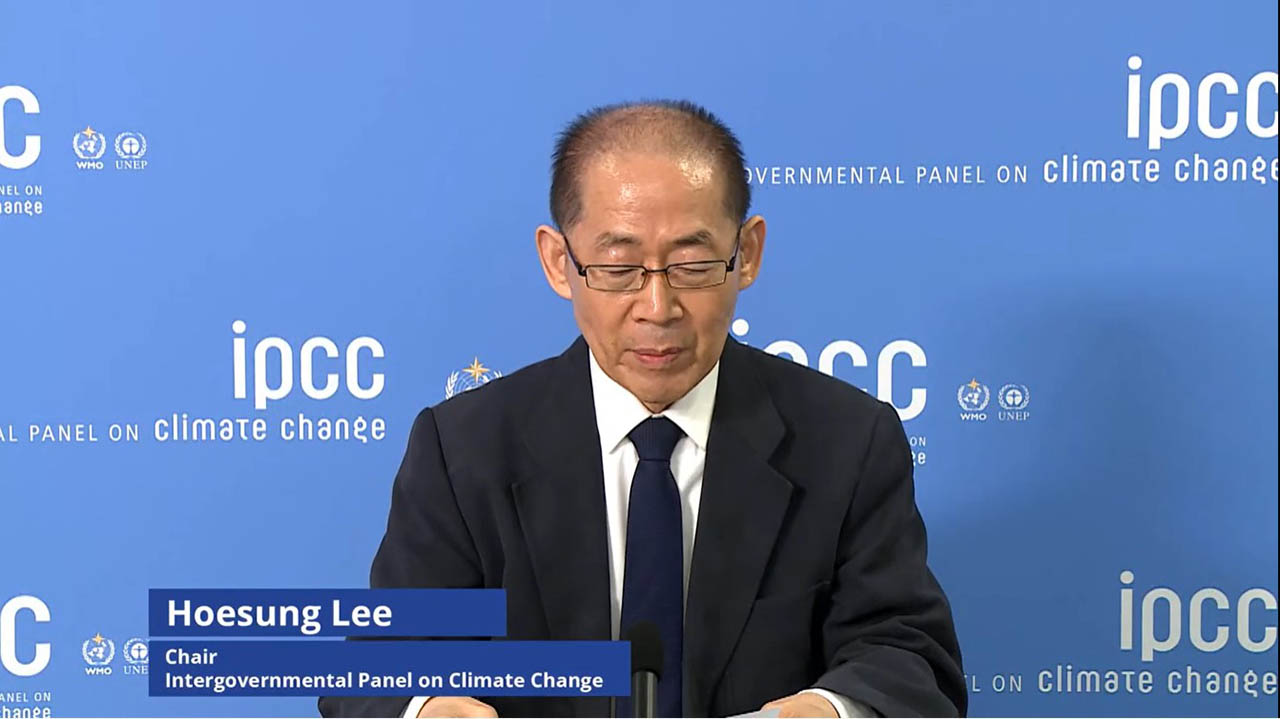
On April 4, 2022, the Intergovernmental Panel on Climate Change (IPCC) issued its report “Climate Change 2022: Mitigation of Climate Change.” The report was written by 287 authors from 65 countries, based on more than 18,000 scientific papers.
The thousands of pages in the report can be summed up in a few words: We need to take action starting now.
“We know what to do; we know how to do it; it is up to policymakers to take action,” said J. Drake Hamilton, senior director, science policy at Fresh Energy. She continued that the big takeaways from the report, “We must ramp down fossil fuels, quickly and dramatically, and start phasing down fossil fuel infrastructure.”
At a press event about the report, UN Secretary-General António Guterres stated, “The jury has reached its verdict, and it is damning: we are on a fast track to climate disaster. Our current energy policies put us on a pathway to double 1.5 degrees Celsius; the truly dangerous criminals are countries increasing emissions.”
Report highlights
Two opposing mega-trends are highlighted by this report, one a cause for grave alarm, one a cause for hope.
This report finds we are currently heading very fast toward global warming of 1.5 degrees Celsius. And continuing with the current country pledges would effectively put limiting warming to 1.5 degrees Celsius out of reach.
However, this report also highlights the revolution in renewable energy technology over the last decade that has made the switch to a clean energy economy cheap. We have the technology and the financial resources to make the switch. Additionally, this report also tells us that policies work—we have the tools to make this transition.
The cost of limiting climate change to 1.5 degrees Celsius is so minimal that the change to the annual growth in global gross domestic product (GDP) would be about 1/10th of 1%—smaller than a rounding error. And this cost calculation does not account for the major savings accrued by avoiding the damages driven by global warming over 1.5 degrees Celsius.
2025 is now a make-or-break year
The IPCC finds that globally we must reach peak greenhouse gas emissions by 2025 in order to limit warming to 1.5 degrees Celsius, and that delaying a peak past 2025 means unavoidable and unnecessary economic losses.
Global greenhouse gas emissions must peak before 2025 (and be reduced by 43% by 2030) and methane emissions must be reduced by 34% by 2030, to limit temperature rise to 1.5 degrees Celsius. The report points out that reducing methane emissions from the production and distribution of fossil fuels provides the greatest return—something we are making headway on in Minnesota but that needs greater adoption across the United States and around the world. Global temperatures will stabilize when we reach net-zero carbon dioxide emissions, but we will reach and must limit warming to 1.5 degrees Celsius by the early 2050s.
Fresh Energy urges you to read the 63-page Summary for Policymakers for a high-level summary of the report’s key findings. This report marks the third installment from the IPCC in less than eight months, with one more document scheduled for later in 2022.
The path forward
The report tells us:
- When we ensure equity and justice, it furthers success in stopping climate change and in securing sustainable development.
- We must electrify almost everything.
- What we electrify must be powered by renewable energy.
- Electric transportation works.
- Better policies can give consumers better choices, reducing wasteful demand that drives unnecessary carbon pollution.
- Fossil fuels must be phased down by up to 95%, and we must build virtually no new fossil fuel infrastructure in the power sector. (This is a significant shift by the IPCC).
- Fossil fuels must be largely phased out. The global use of coal, oil, and gas must decline on average by about 95%, 60% and 45% respectively by 2050.
- “Average annual modeled investments requirements for 2020 to 2030 in scenarios that limit warming to 2 degrees Celsius or 1.5 degrees Celsius are a factor of three to six greater than current levels, and total mitigation investments (public, private, domestic, and international) would need to increase across all sectors and regions.” However, there is sufficient global capital and liquidity to close investment gaps.
Want to learn more?
Invite J. Drake Hamilton to speak to your civic group about the strong actions we need to take to keep climate change limited to 1.5 degrees Celsius. Use the form at the bottom of her bio page to submit a speaking request.

